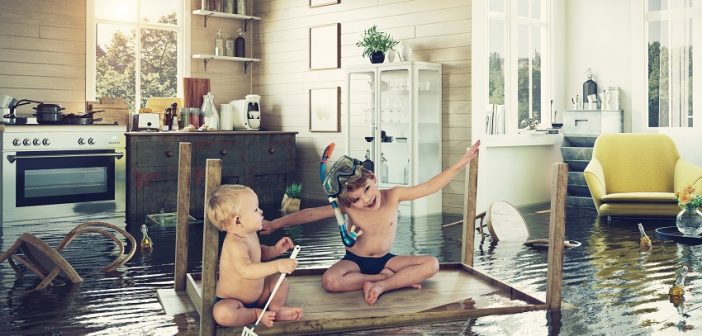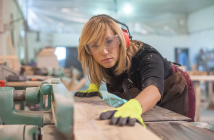You got yourself a new home, and everything is going smooth, but something unexpected happens that you weren’t aware of, water starts spilling here and there, and you are clueless about what to do now? Water damage is a common sight these days. If such a situation occurs at your home, there is no need to panic, and water damage restoration can be done easily. Only the steps have to be followed carefully, so without wasting any more time further, let’s have a look at the steps that need to be followed for restoring your home after water damage.
Steps for water damage restoration
- Take care of your safety- remember that the safety of you and your family matters the most. To ensure this, switch off all the power supplies of your house, especially where most water is welled-up. In some severe cases, the gas supply also has to be turned off. Please stay away from contaminated water as it is a breeding ground for insects and can also cause water-borne diseases. If you are cleaning the damage yourself, make sure you wear all the protective equipment like gloves and masks.
- Dry up your home- Start drying up your home, first start with the most affected areas by water damage. If there is a situation of flooding at your house, then pumps, either electric or hand and gas pumps, are feasible to use for this purpose, but be careful while dealing with electric pumps as water and electricity together can give an electric shock. You can eliminate the excess water through the sewage system also. Once the water is eliminated, focus on drying up the house. The window panes and front back doors should be opened to facilitate ventilation and switch on the fans.
- Picking up the debris- when there is water flooding in your home, the water brings a lot of foreign and contaminated material with it in the form of debris such as rocks, sediments, and dust. These things need to be cleaned out because this can become a breeding ground for mosquitoes and can become a potential cause for various diseases. Please keep all your important belongings in a safe place, so no damage is done to them. Clear all the foreign materials or get it cleaned before it brings any more damage.
- Assessment of the damage done- carefully assess the areas where the most damage is done. Check if there are any molds on walls or if any damage to the property is done. Evaluate the expenses and time that would be required to clean up the mess and then act accordingly.
- Contact your insurance company- after the assessment is done on how much damage is there, call your insurance company to know how much costs are covered for restoration. Most of the insurances cover this cost. If some valuables are damaged by insurance, you can also ask the insurance company to cover the costs under that.
- Begin restoring the home- now it’s time to begin water damage restoration of your house. If your whole house is caught up with water damage, your family may have to find a temporary shelter. Hire a team or a contractor for restoring the damage. Make sure every repair is done by the contractor covering floors, walls.
Water damage at home can be a stressful sight and may require a lot of tedious work. Still, if you have prior knowledge about the things that have to be done, then the home’s restoration can be done easily and calmly. Keep the safety measures in mind because the safety of you and your family is important.




